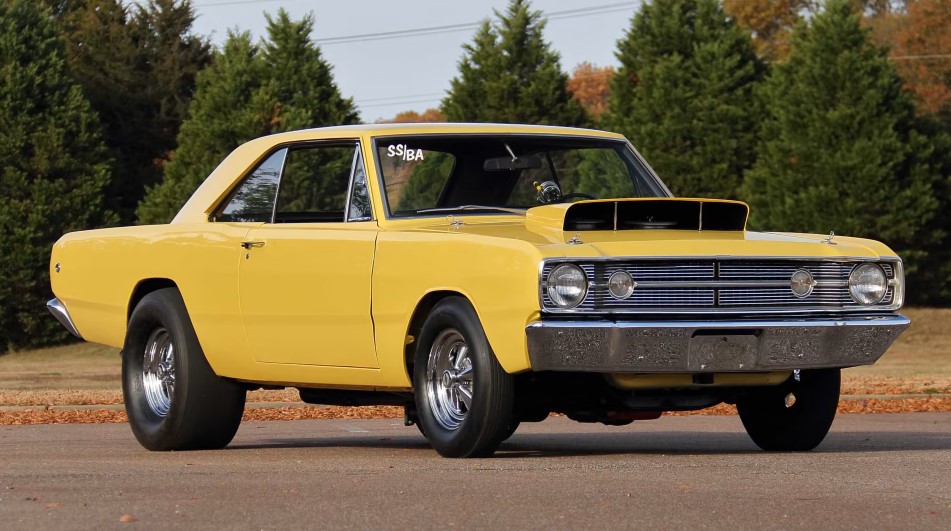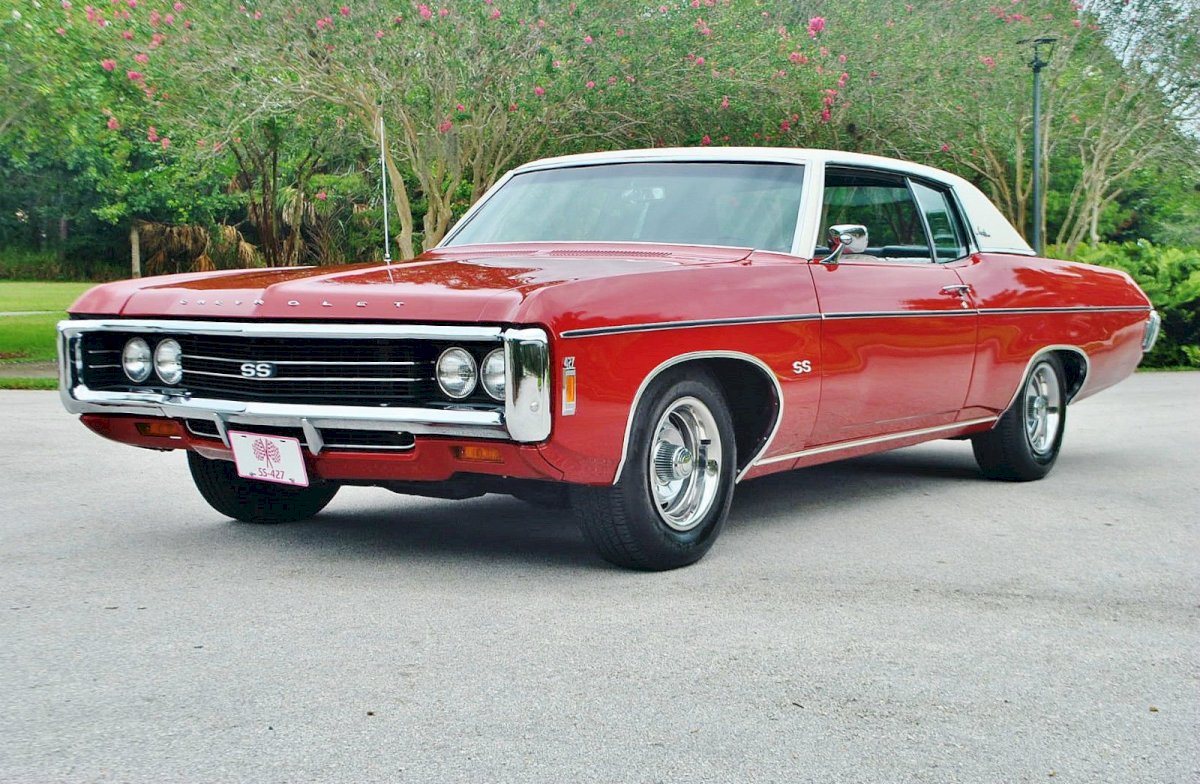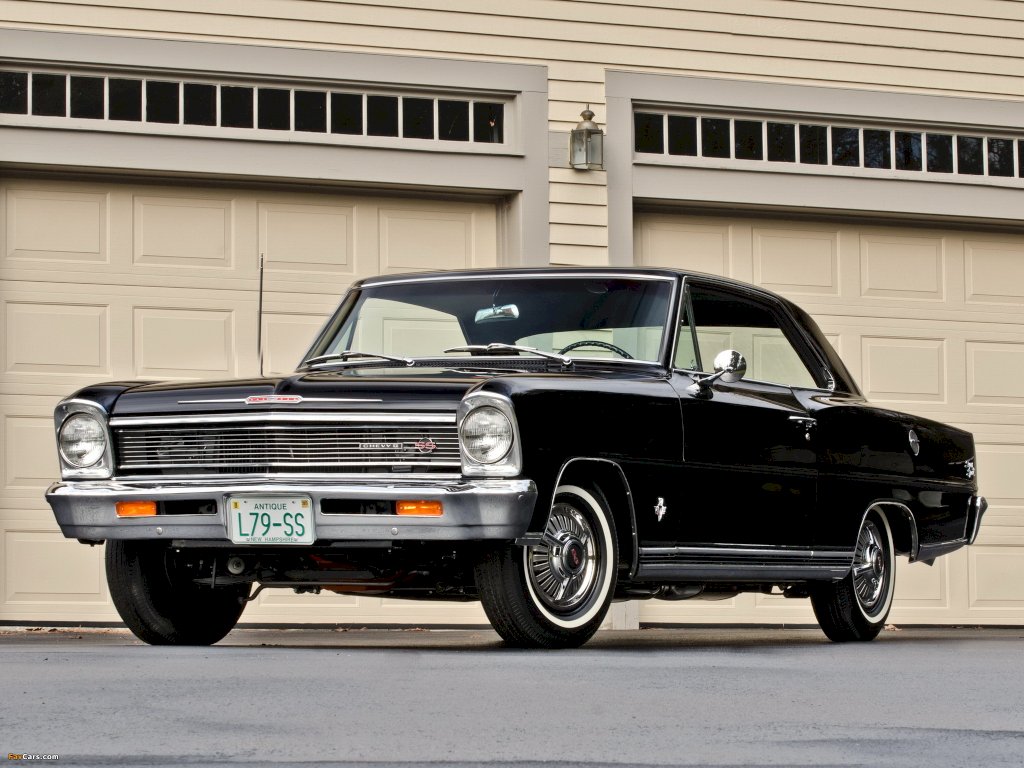Throughout the latter half of the 20th century, the Oldsmobile Cutlass stood as a quintessential representation of American automotive excellence. Spanning nearly four decades, from its inception in 1961 to its conclusion in 1999, the Cutlass not only became a flagship model for the Oldsmobile brand but also left an indelible mark on the automotive industry as a whole.

Birth of a Legend: 1961-1969

The Oldsmobile Cutlass made its grand entrance in 1961 as a compact car amidst a market where larger models dominated. It started as a top trim level for the F-85 model but quickly emerged as a standalone model due to its popularity. This first generation Cutlass embodied a blend of sophistication and performance, with its sleek design, powerful V8 engine options, and a comfortable interior.

In 1964, Oldsmobile introduced the Cutlass 4-4-2, a high-performance option that boasted a 310-horsepower V8 engine and sporty elements, igniting the muscle car era. The 4-4-2, which stood for four-barrel carburetor, four-speed manual transmission, and dual exhaust, became a beloved and iconic iteration of the Cutlass lineup.
Evolution and Expansion: 1970-1980

The 1970s marked a significant turning point for the Oldsmobile Cutlass. The second generation, launched in 1968, saw a shift towards a larger, more luxurious vehicle. The Cutlass was offered in various body styles, including coupes, sedans, and wagons, catering to diverse consumer preferences.
A defining moment came in 1973 with the introduction of the Cutlass Supreme, which elevated the model into a more upscale and sophisticated segment. With its distinctive design elements and improved comfort features, the Cutlass Supreme resonated with buyers seeking a balance between style and performance.

The mid-1970s introduced the downsized Oldsmobile Cutlass in response to changing consumer demands and fuel efficiency requirements. This marked the beginning of the third generation, characterized by a more compact yet refined design. The Cutlass grew in popularity, becoming one of the best-selling cars in the United States during this era.
Reinvention and Innovation: 1981-1990

The 1980s witnessed a shift towards modernization and technological advancements, leading to a reimagining of the Oldsmobile Cutlass. The fourth generation, which began in 1978, saw a sharper focus on aerodynamics and efficiency. With updated engine technologies, including the introduction of fuel injection, the Cutlass became a pioneer in adapting to the changing automotive landscape.
In 1982, Oldsmobile introduced the Cutlass Ciera, which provided a front-wheel-drive platform and a more contemporary design. Its success in the market solidified the Cutlass nameplate as a symbol of reliability and innovation.

The Cutlass Supreme continued to evolve, offering advanced features like electronic fuel injection, enhanced aerodynamics, and a sleek, modern appearance. Its popularity remained steadfast, becoming a flagship model for Oldsmobile and a hallmark of American automotive design.
Legacy and Final Years: 1991-1999

As the 1990s dawned, the Oldsmobile Cutlass navigated a changing automotive landscape. The fifth and final generation, launched in 1997, reflected a departure from the traditional Cutlass design. Oldsmobile restructured the lineup, discontinuing some models and focusing on creating a streamlined, contemporary vehicle.

The Cutlass nameplate underwent its final transformation in 1997 with the introduction of the Oldsmobile Cutlass Supreme, embracing a more modern and aerodynamic look. However, market trends, changing consumer preferences, and shifts within the Oldsmobile brand itself ultimately led to the discontinuation of the Cutlass and the end of an era in 1999.
Exterior Excellence: Design Evolution and Innovation

The initial Cutlass models from the '60s exuded a classic elegance with their streamlined designs, displaying crisp lines and a balanced silhouette. These vehicles captured the essence of the era, boasting unique, yet timeless, styling cues that set them apart in the automotive landscape. The clean, uncluttered exteriors reflected the era's sophistication and attention to detail.

As the years progressed, the Cutlass underwent significant design changes. The 1970s models embraced a more muscular appearance, with pronounced fenders and a bold stance. The evolution continued into the '80s, witnessing the integration of aerodynamic elements to enhance both style and performance. The '90s saw a more rounded, contemporary design, catering to the modern aesthetic of the time.

Innovations in exterior design were a hallmark of the Cutlass. Features like hidden wipers, distinctive grilles, and iconic taillights not only enhanced the vehicle's aesthetics but also set industry standards for future automotive designs. These design elements became synonymous with the Cutlass identity, leaving an enduring mark in automotive history.
Interior Opulence: Comfort, Luxury, and Functionality

The interior of the Oldsmobile Cutlass was a sanctuary of comfort and luxury. From premium materials to ergonomic design, the Cutlass interiors offered a blend of sophistication and functionality. Plush seating, ample legroom, and meticulous attention to detail characterized the interior, creating a welcoming and comfortable environment for passengers.

The interior of the Cutlass was not only about luxury but also innovation. Over the years, technological advancements were integrated into the cabin. Features such as power windows, air conditioning, sound systems, and ergonomic controls showcased the commitment to enhancing the driving experience and setting new standards for in-car comfort and convenience.

The design of the interior focused on ergonomics, ensuring that controls were within easy reach and the layout was intuitive. From the driver-centric instrument panel to the thoughtfully placed amenities for passengers, the interior was crafted to cater to both the driver's needs and the comfort of all occupants.
Power and Performance: The Heart of the Oldsmobile Cutlass

The engine options for the Oldsmobile Cutlass were as diverse as they were potent. Over the years, the Cutlass was powered by a range of engines, from robust V6s to powerful V8s. These engines were meticulously engineered to deliver a balance of performance, reliability, and efficiency, catering to diverse consumer preferences.

The engine options, coupled with advancements in engineering, allowed the Cutlass to offer impressive performance capabilities. Whether it was speed, torque, or fuel efficiency, the engines were designed to provide a driving experience that matched the era's demands while evolving with technological advancements.

The Cutlass evolved alongside advancements in engine technology. From the introduction of fuel injection systems to improvements in power output and emissions control, the engines within the Cutlass exemplified the brand's commitment to staying at the forefront of automotive engineering.
Conclusion

The Oldsmobile Cutlass, a titan of automotive history, thrived through its exterior allure, opulent interiors, and powerful engines. Its timeless design, luxurious interiors, and formidable engines crafted a legacy that remains etched in the annals of automotive greatness. The Cutlass not only symbolized an era but also laid the groundwork for the modern vehicles we see today, leaving an enduring legacy that continues to inspire automotive enthusiasts worldwide.


